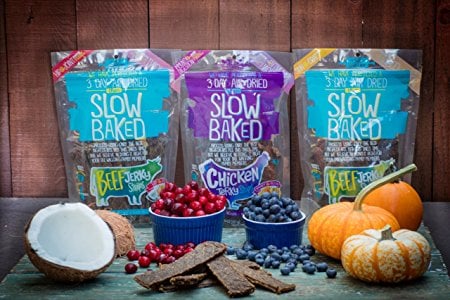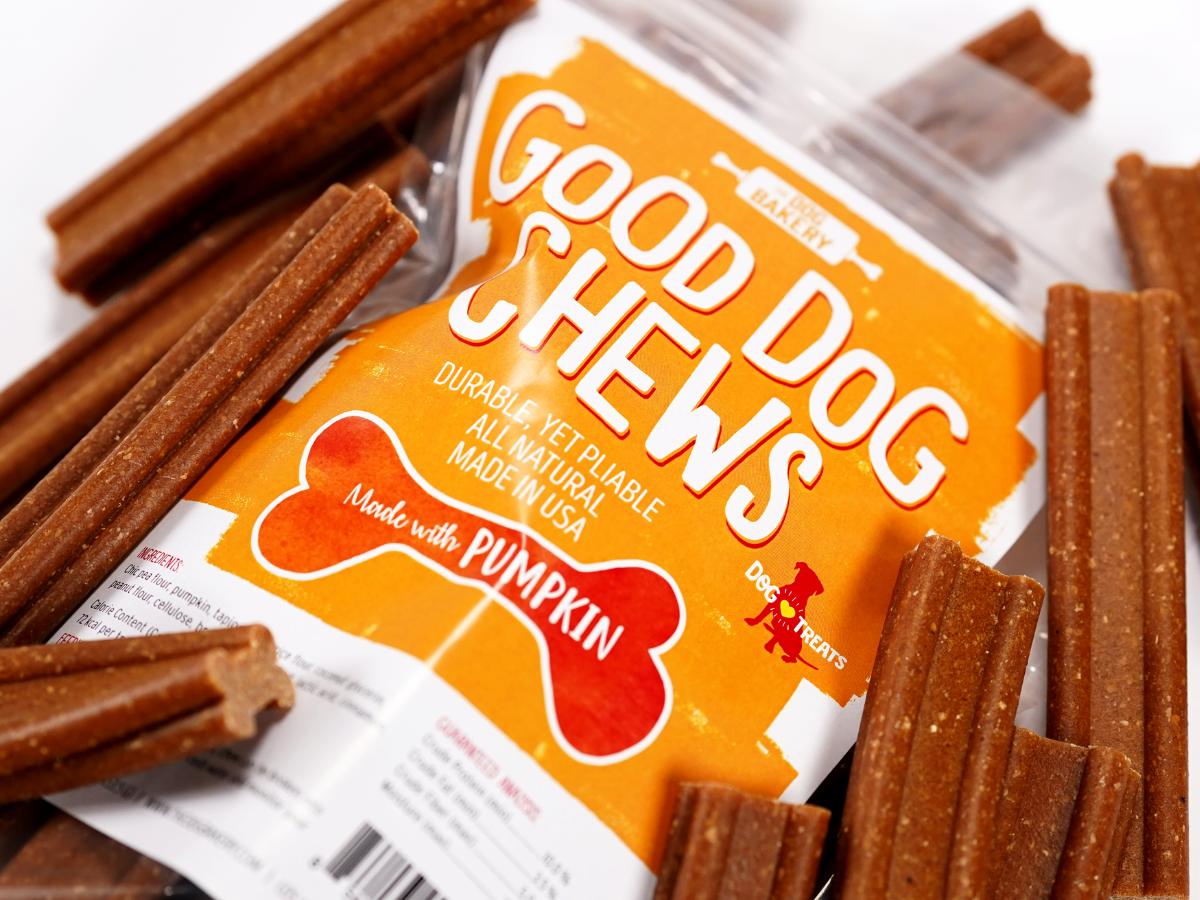This One Thing Will Extend Your Dog’s Life for 3 Years, Yet Most People Rarely Do It


As dog parents, it’s our responsibility to keep our companions healthy and happy. Part of that process– and one that is often overlooked– is caring for their teeth.
“Toothbrushing is a critical part of maintaining your dog’s health,” says Veterinarian Jody Berquist. “I think the biggest misconception is that pet owners give their dogs things like milk bones and think that brushes their teeth. That’s probably the biggest fallacy.”
Why Brush a Dog’s Teeth?
Like people, dogs are prone to dental disease. Berquist says that “Brushing a dog’s teeth can increase a dog’s lifespan by about 20 percent,” and 9 out of 10 veterinarians recommend regular tooth brushing.
In fact, dental disease is by far the most prevalent canine health problem. More people visit their veterinarian for dental disease/decay than any other illness.
In Berquist’s words, “It helps prevent heart disease, liver disease, and kidney disease from the bacteria floating around in the bloodstream.”
“Brushing a dog’s teeth can increase a dog’s lifespan by about 20 percent”
-Veterinarian Jody Berquist
To be more specific, it works a bit like this: Teeth are an important part of a dog’s body. They’re required for chewing and eating, and any decay will cause extreme discomfort. More importantly, unaddressed periodontal disease can enter the bloodstream and cause widespread infections. Particularly bad cases can even cause death!
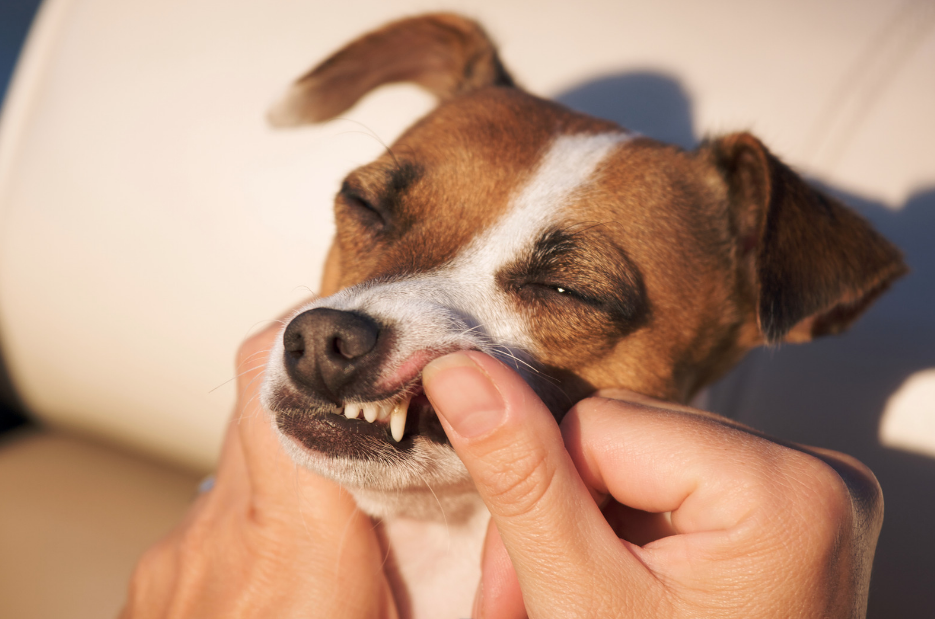
Dental disease dramatically increases your dog’s risk of heart problems, and prolonged neglect of a dog’s dental health will inevitably cause pain. Dogs with existing health problems are at an even higher risk of complications, as plaque buildup can cause complications in diabetic dogs.
Fortunately, toothbrushing negates these effects by removing the source. When you brush your dog’s teeth, you freshen their breath and remove plaque and bacteria, which tend to build up when you’re not paying attention.
How Often Should You Brush Your Dog’s Teeth?
Ideally, you should brush your dog’s teeth 1–2 times daily, but that’s not always possible. Dogs aren’t usually as tolerant of toothbrushing as a person, so most owners will opt to brush three times weekly.
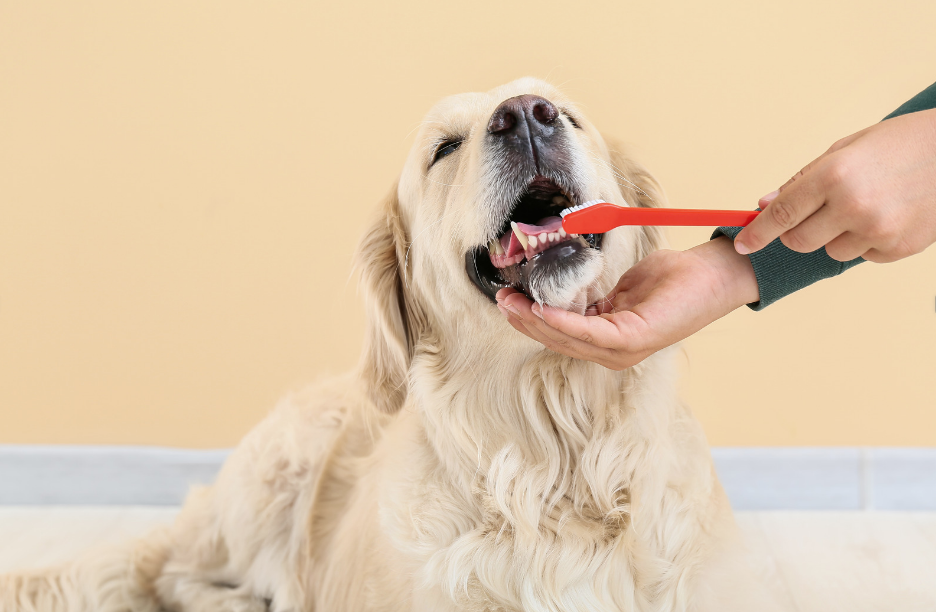
However, if possible, owners should try to brush their dog’s teeth every other day. This improves the efficiency of tooth brushing and prevents the most plaque buildup.
How to Brush a Dog’s Teeth
The earlier you start brushing your pup’s teeth, the easier it will be! However, plenty of owners don’t have the opportunity to train their beloved companions from an early age. If you’re starting to brush an older dog’s teeth, then make sure the experience is as rewarding as possible. Gently ease into the process and increase exposure as your dog becomes more accustomed to the toothbrush.
The best ways to encourage a stress-free brushing experience are:
- Allow the dog to leave if they’re uncomfortable
- Do not force the dog to do anything
- Find a toothpaste flavor your dog enjoys
- Give a treat afterward
- Gradually introduce the dog to the brush
- If your dog dislikes the toothbrush, a washcloth or gauze will also work
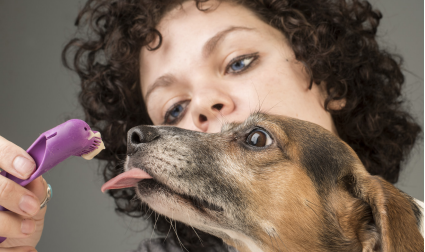
What You Need to Brush Dogs Teeth
Start with a soft-bristle toothbrush or cloth. Some dogs enjoy the feeling of a brush, and others prefer cloth or gauze rolled over a finger. Whichever option you choose, you’ll want to ensure that it’s safe for your dog. If you’re ever unsure, contact your veterinarian for advice.
You should also find high-quality toothpaste for your dog. This is not the same as regular toothpaste; dog-friendly toothpaste is specially formulated to be nontoxic and optimized for the unique bacterial environment of a dog’s mouth.
However, some dogs won’t tolerate toothpaste.
Don’t worry too much if this is true for your dog. Toothpaste adds to the effectiveness of toothbrushing, but most of the benefits come from the act of brushing and removing plaque. As long as you are spending ample time finding and removing plaque, you’re doing your job. You can also use liquid 100% coconut oil to give your dog some of those antibacterial benefits.
How to Brush Your Dog’s Teeth

Once your dog is comfortable with you touching their mouth and lifting their lips, you can begin to brush their teeth.
After gently lifting their lips, focus your efforts on your dog’s gum line. You don’t need to scrub hard, and you should work quickly. Most of the plaque will be focused on the outward-facing portion of your dog’s teeth.
You’ll want to spend around 30 seconds brushing each side of the dog’s mouth. When you’re done, rinse off the toothbrush or cloth. If you were using gauze, you can discard it afterward.
As you work, look for signs of tooth decay and disease. If you see any swelling or bleeding, contact your vet.
Did you know that dogs can get all kinds of dental work done? Some dogs need braces!

